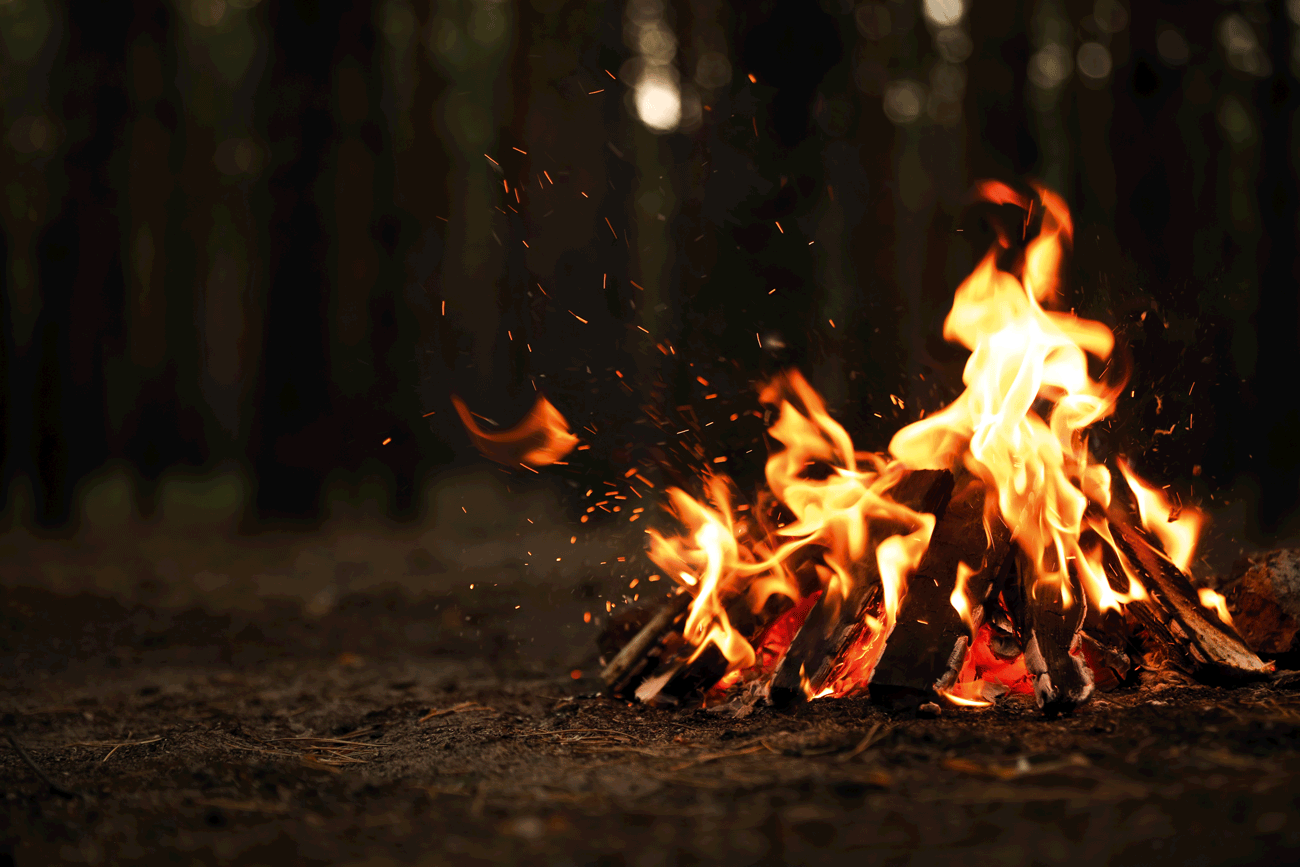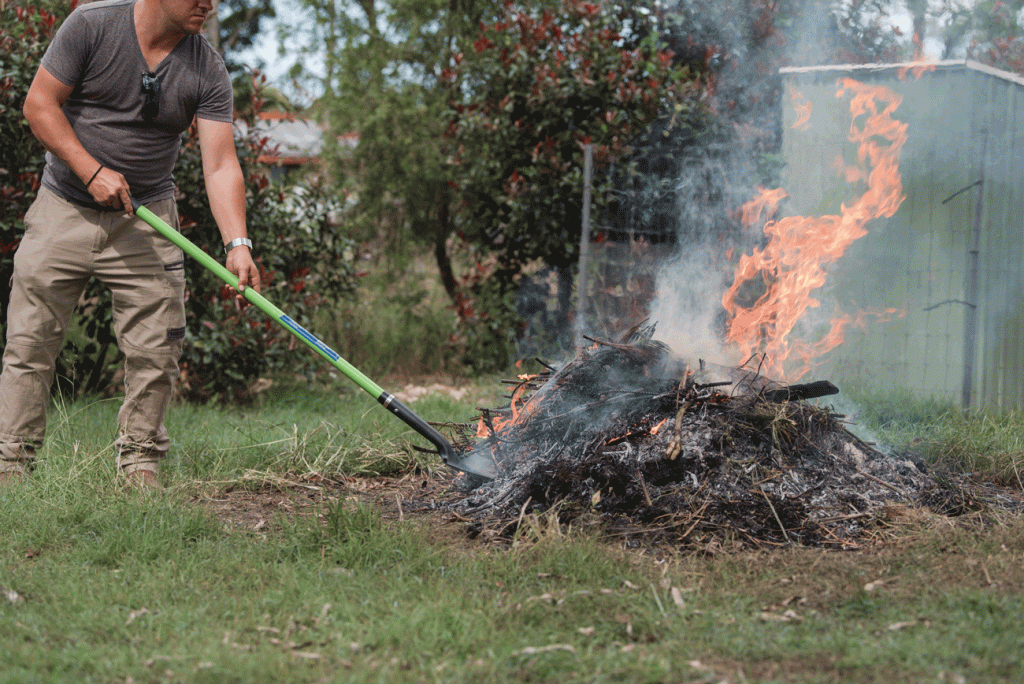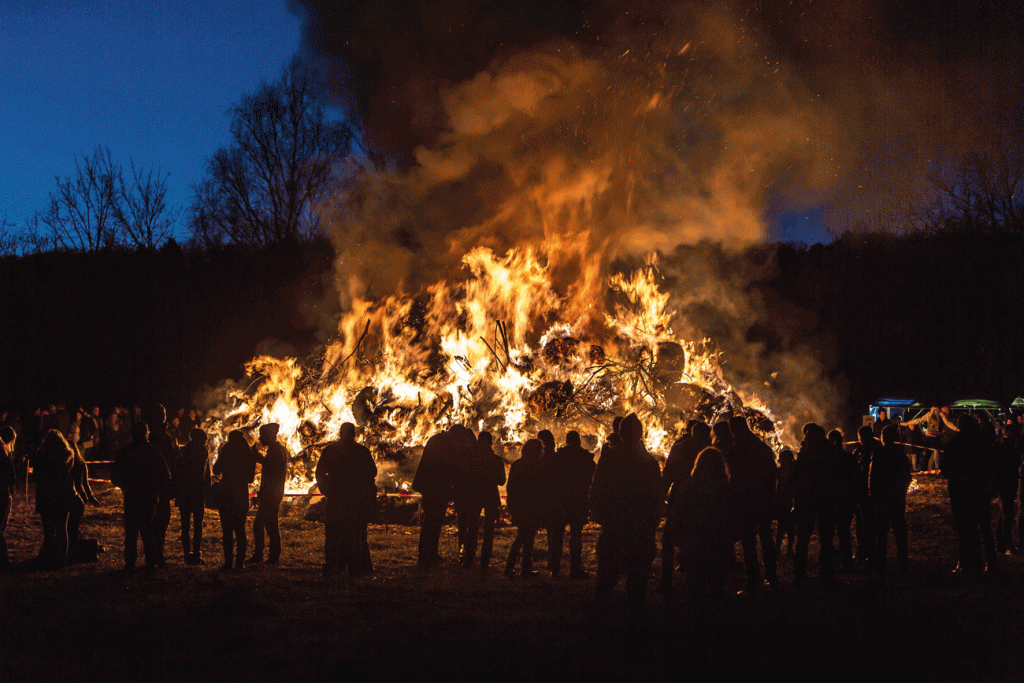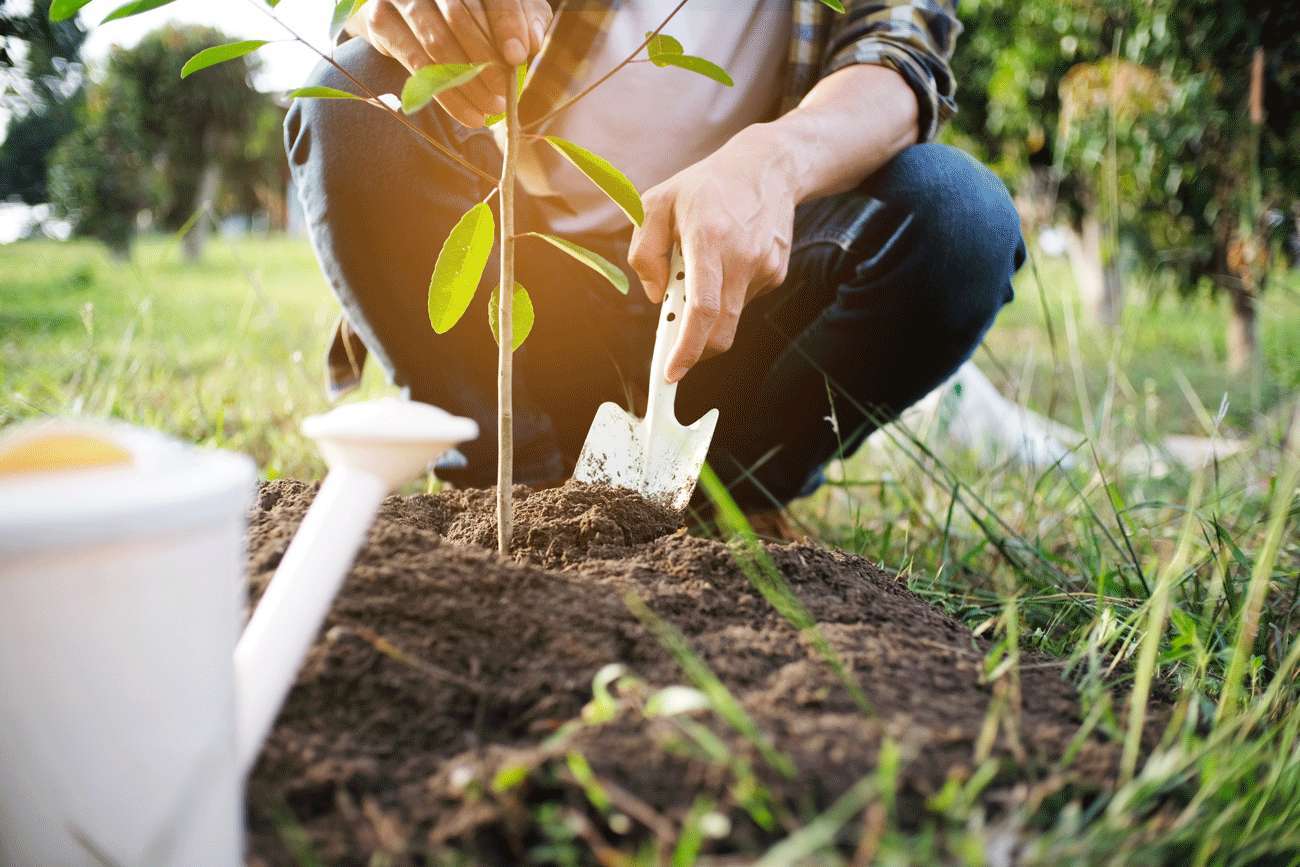
It’s officially acknowledged that burning garden waste is bad for the environment and for human health. I’m proud to say I’ve never had a garden bonfire because I’ve always gardened organically, and this has meant either re-using material I’ve cut back or just allowing it to decompose (which is fantastic for any living creatures in the garden). Sometimes I put it at the back of flower beds where it’s hidden, or in a quiet corner. I also own a composter which contains a certain amount of garden refuse and finally, I pile fallen leaves (my garden is surrounded by deciduous hedging as well as some trees) onto the flower beds which provides a wonderful mulch and food for the plants come the following Spring.

Garden bonfires can be the focus of neighbourhood grievances. A washing line full of clean laundry contaminated by the smell of smoke dismays many a householder. Or discovering your house smells of next door’s bonfire is equally annoying. These issues apparently cause frequent complaints to local UK Councils, and in some areas four times as many complaints were received about them during the 2020 lockdown.
As it happens, there has now been a detailed study of the effects of garden bonfires on both the environment and us. Scientists built a special fire chamber with instrumentation in the extractor ducts and then burned leaves and hedge trimmings. It seems that we’ve assumed that garden bonfires produce pollution like home fires and wood stoves but, for each kilogram burned, garden waste on bonfires produced up to thirty times more particle pollution (known as smoke to the layman!) than burning logs in a stove. However, smoke from wood burning stoves contained up to twelve times more cancercausing hydrocarbons. The pollution from bonfires more closely resembled wildfire smoke which is increasingly being linked to health problems. The bottom line is: DON’T BURN GARDEN WASTE – COMPOST IT, SHRED IT, OR PUT IT IN YOUR GREEN WASTE BIN (or on your flower beds).

In the light of this evidence, I would like to give due consideration to our annual tradition that’s been celebrated since Guy Fawkes’ foiled plot to blow up the Houses of Parliament in 1605. Why on earth, during a climate crisis, do we choose to build huge bonfires on 5th November to “celebrate” the violent deaths of a band of political rebels years ago…. Bonfire Night is, after all, a carbon dioxide megaevent. Perhaps it’s time to re-think?
Details of the study can be found here (but you have to sign in to access the full study findings): https://www.sciencedirect.com/science/article/abs/pii/S0048969721044405?via%3Dihub
Sharon Duggan
www.facebook.com/cranleighclimateaction
www.facebook.com/howtoliveagreenerlife










